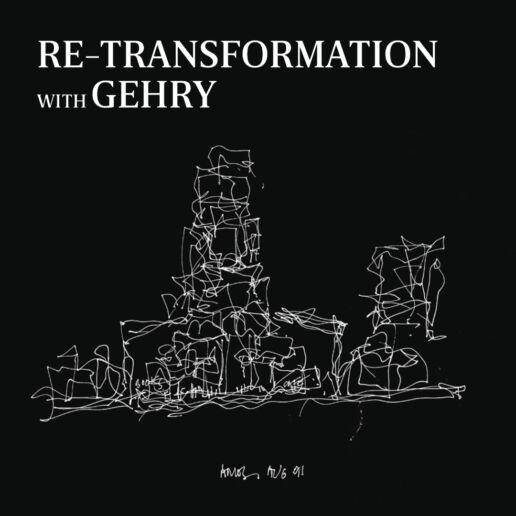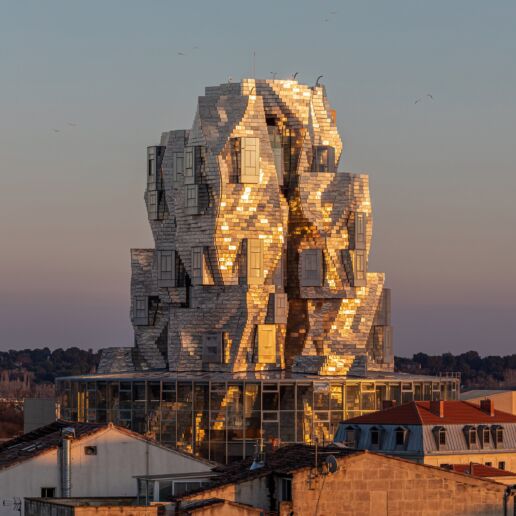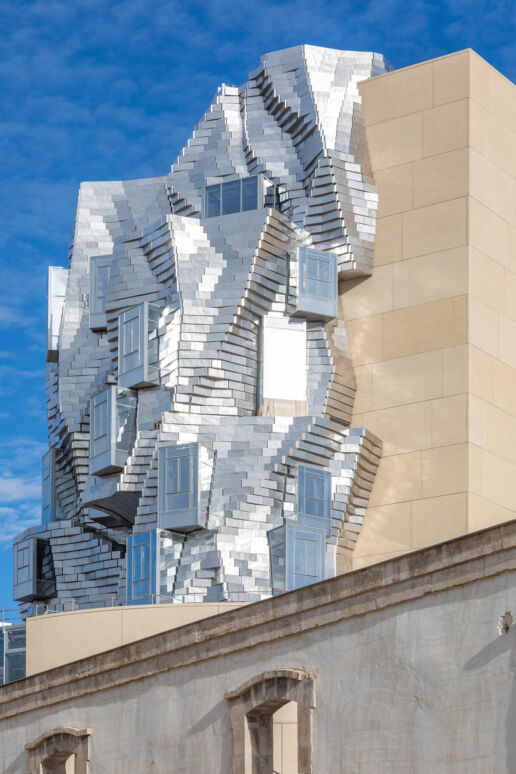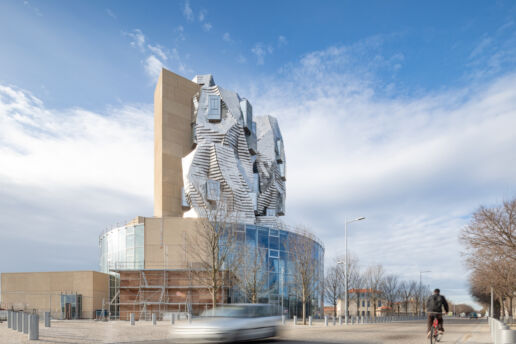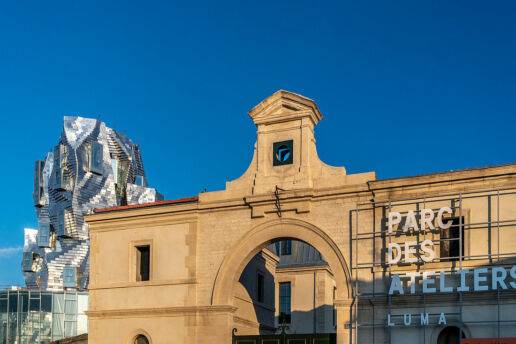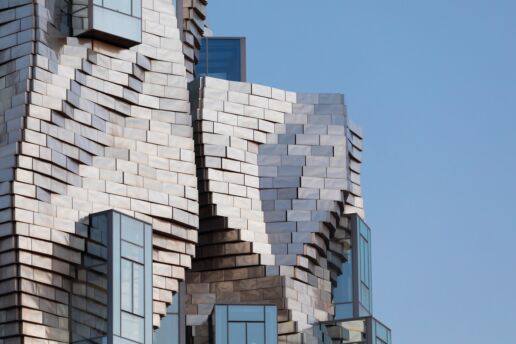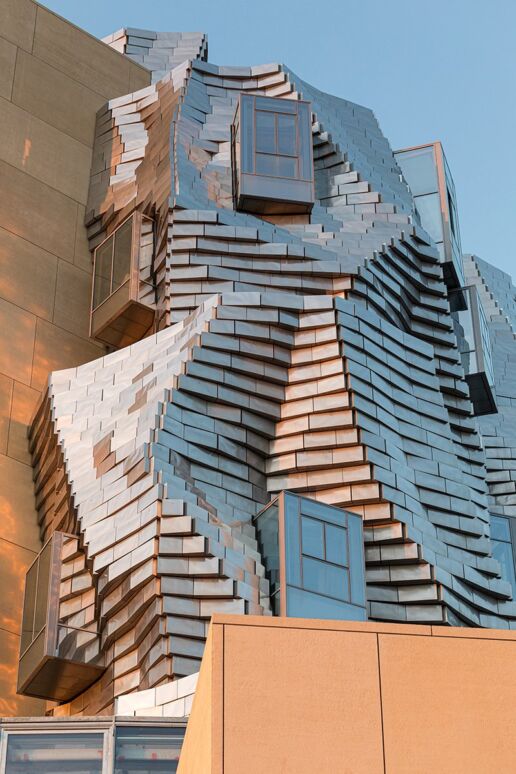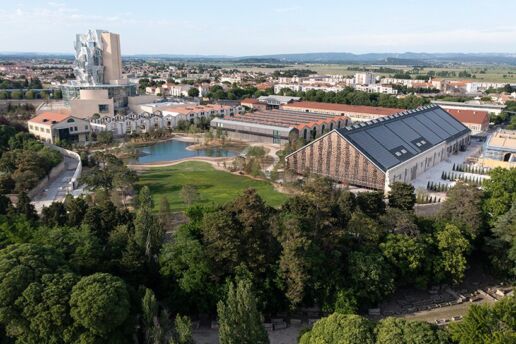Re-transformation with Gehry
Are we in an age in which the architect strengthens the presence of unique structures that stand out with their scale, choice of material and design?
It will come as no surprise that architecture still determines the fate of neo-liberal cities, which are shaped by culture and tourism -two significant dynamics with both positive and negative impacts. The proliferation of ostentatious real estate investments in city centres in pursuit of international recognition and the extent these investments insist on height as a design feature, and steel and glass as material will continue to define the planning and architecture of the 21st century…
Guggenheim Museum Bilbao must be one of the best-known examples of iconic buildings. This project completely changed the fate of the economically deprived city of Bilbao, making the building’s architect Frank Gehry one of the leading figures on urban transformation. Gehry’s discourse has recently taken a perplexing shift: The famous architect says he has no interest in the transformation he triggered in Bilbao nor to change the fate of cities in the future. This is quite confusing because his latest project once again surpasses its actual scale, and promises much greater potential and controversy.
This time, Gehry’s building is not located in a city like the former Bilbao with little potential. The LUMA Arles is located in the Southern French city of Arles- Van Gogh’s source of inspiration, and home to an ancient settlement studied by UNESCO. Located in Parc des Ateliers, an abandoned train service station that spreads out over an area of 11 hectares, the art centre was founded in 2004 by Swiss collector Maja Hoffmann.
With a 150 m Euro budget, transformation continues across the large site where the LUMA Arles is located. Selldorf Architects is overseeing the project to prepare existing buildings as spaces for exhibitions and performances. The landscaping of the project carries the signature of Bas Smets. Equipped with seminar rooms, exhibition spaces, research areas, and an auditorium cafe, the LUMA Arles will host its opening exhibition with 45 artists and designers such as Etel Adnan, Ólafur Elíasson, Koo Jeong A, Kapwani Kiwanga, Helen Marten, Pierre Huyghe, Carsten Höller, Philippe Parreno. However, news coverage on the opening of the art centre is more focused on Gehry’s design rather than the exhibition.
The 56-metre tall, spiral-shaped building is a bold and ostentatious display within the urban fabric of the city. Its shiny façade covered with 11,000 stainless steel panels feels very 21st century. Pritzer Prize-winning Gehry tried to respond to the criticism that LUMA Arles is detached from its surroundings by saying ‘I think of every detail about the time we live in’. It is no secret that Gehry makes references to the Roman amphitheatre close the art centre and to Van Gogh’s ‘Starry Night’ with the building’s tower and glossy façade.
Today, the LUMA Arles is a hot topic for both the art and architecture community. It is all over magazines and social media… Such showcasing raises doubts as to whether this will repeat the Bilbao effect, and makes us question the validity of concepts such as ‘star architect’ and ‘iconic building’ that have played a role in the fate of cities especially in the last twenty-five years. Maybe it is time to discuss the influence of the information, data or ‘photograph’ emanating from the ‘space’ and in this sense the architect’s communication skills and exposure; the incredible power of communication in shaping urban spaces; and the ‘Frank Gehry effect’, instead of the tourist attraction capacity of an art centre in Arles.


